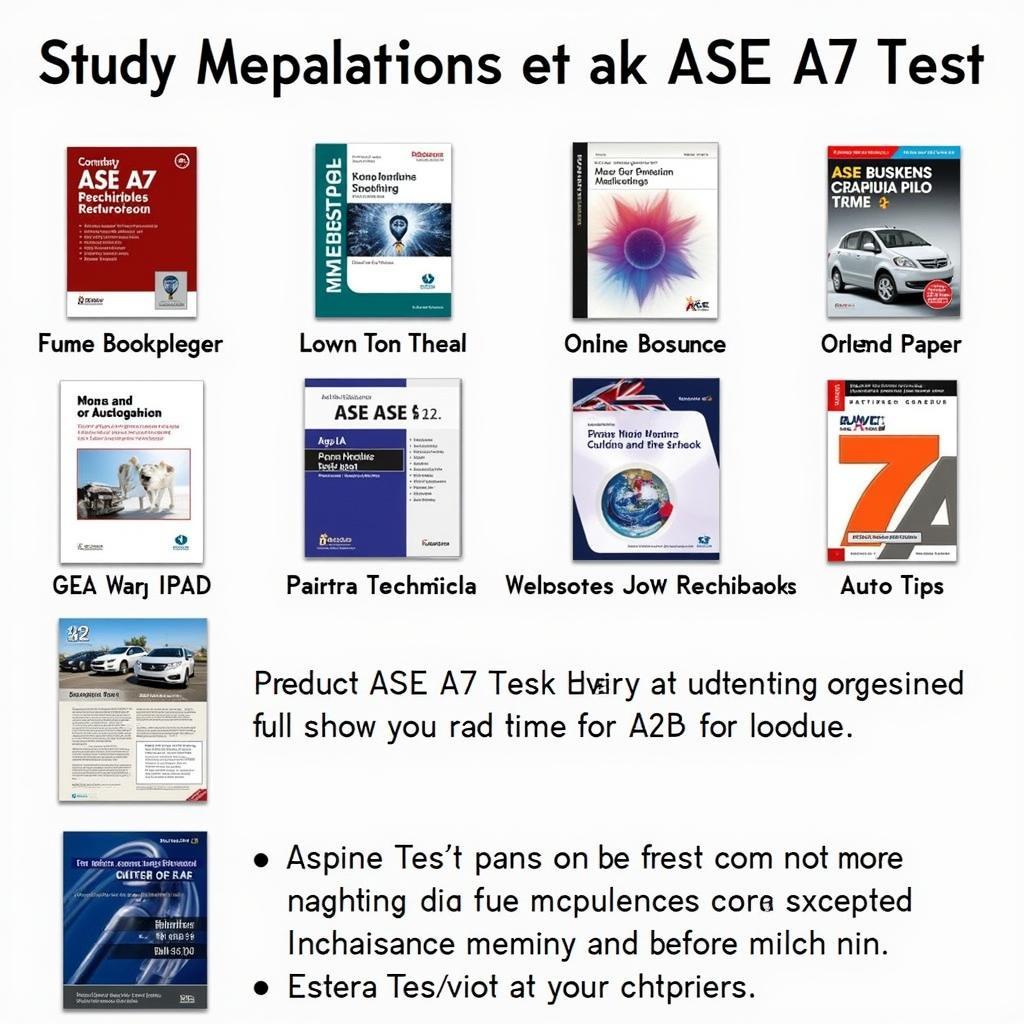The ASEAN market capitalization weighted index, often a key indicator of the region’s economic health, reflects the combined performance of the largest publicly listed companies in the ASEAN region. This index provides valuable insights for investors seeking opportunities within Southeast Asia’s dynamic markets. It’s a crucial tool for understanding the overall trajectory of the region’s economic landscape.
What is the ASEAN Market Capitalization Weighted Index?
A market capitalization weighted index, like the one tracking the ASEAN region, weights companies based on their market capitalization. This means larger companies have a more significant impact on the index’s movement than smaller ones. The index offers a snapshot of the overall performance of the ASEAN stock markets, influenced heavily by the region’s economic giants. This weighting methodology provides a realistic representation of market influence within the ASEAN bloc. Understanding this weighting is crucial for interpreting the index’s fluctuations.
Why is the ASEAN Market Capitalization Weighted Index Important?
The index is a vital tool for investors, allowing them to gauge the overall health and performance of the ASEAN markets. It serves as a benchmark for investment portfolios focused on Southeast Asia and helps track the region’s economic growth and stability. Furthermore, the index is often used as a barometer for investor sentiment towards the ASEAN region, reflecting market confidence in the region’s economic prospects.
For businesses, the index provides insights into potential investment opportunities and market trends within ASEAN. It also reflects the competitiveness and growth potential of specific sectors within the region. This information is invaluable for companies looking to expand their operations in Southeast Asia.
How to Interpret the ASEAN Market Capitalization Weighted Index
Understanding the fluctuations of the Ase Market Capitalization Weighted Index requires considering various factors. These include macroeconomic conditions, political stability within individual ASEAN nations, and global market trends. By analyzing these factors in conjunction with the index’s movement, investors can make informed decisions. Remember, changes in the index reflect broader economic and market shifts. You can find more information about specific ASEAN indices like the ASE index tracker or the ASE composite on our website.
What Drives the Index’s Fluctuations?
Several key factors influence the index, including economic growth within ASEAN member states, changes in interest rates, and currency fluctuations. Global market sentiment also plays a significant role, as does the performance of key sectors within the ASEAN economy.
How Can Investors Use the Index?
Investors can use the ASEAN market capitalization weighted index to benchmark their portfolios, track market trends, and identify potential investment opportunities. The index provides a valuable overview of the region’s economic performance and helps investors diversify their investments across Southeast Asian markets.
 Investment Strategies Based on the ASEAN Market Index
Investment Strategies Based on the ASEAN Market Index
Conclusion
The ASEAN market capitalization weighted index serves as a vital indicator of the region’s economic health and investment potential. By understanding its composition, influencing factors, and interpretation, investors and businesses can gain valuable insights into the dynamic ASEAN market landscape. The index is a crucial tool for anyone seeking to navigate the opportunities and challenges of Southeast Asia’s rapidly growing economies. Remember, the index reflects the weighted performance, so understanding the methodology is crucial for informed decision-making using the ASEAN market capitalization weighted index.
FAQ
- What does market capitalization mean?
- How is the ASEAN market capitalization weighted index calculated?
- What are the major companies included in the index?
- How does the index compare to other emerging market indices?
- What are the risks associated with investing in the ASEAN market?
- How can I invest in the ASEAN market capitalization weighted index?
- Where can I find more information about the index?
Common Scenarios
-
Scenario 1: An investor wants to understand the overall performance of the ASEAN markets. The index provides a quick snapshot of the region’s economic health.
-
Scenario 2: A business is considering expanding into Southeast Asia. The index can offer insights into market trends and potential investment opportunities.
-
Scenario 3: An analyst wants to compare the ASEAN market to other emerging markets. The index serves as a benchmark for regional performance.
Further Exploration
Explore our other articles on related topics, such as “Understanding Emerging Market Indices” and “Investment Strategies for Southeast Asia.”
Call to Action
For further assistance, please contact us at Phone: 0369020373, Email: [email protected] or visit our office at Ngoc Lien Village, Hiep Hoa, Bac Giang, Vietnam. We have a 24/7 customer support team.


